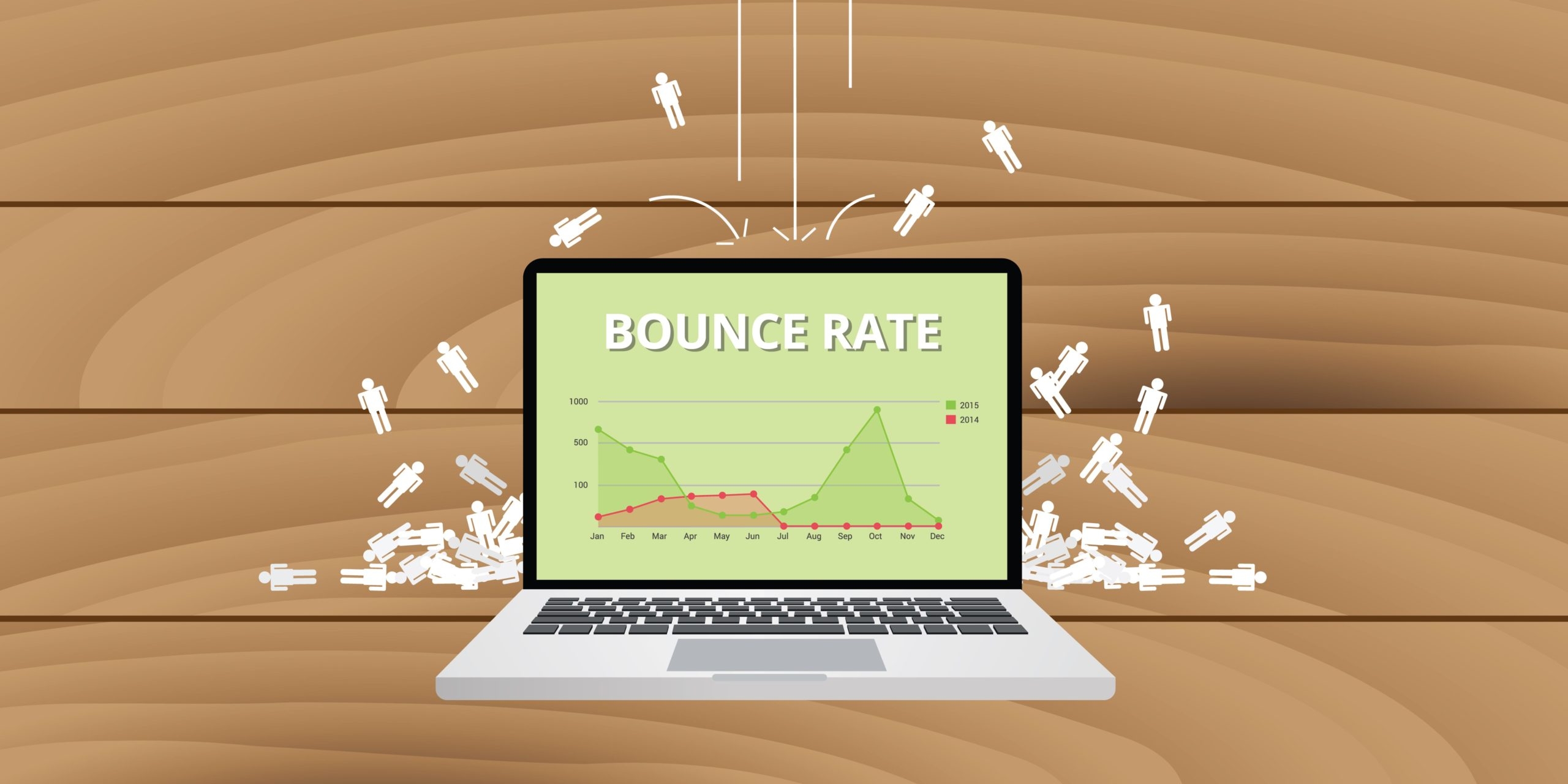Creating an attractive and engaging website for your clinical practice can reduce your bounce rate, which is the percentage of site visitors that leave a website after viewing only one web page. Research has shown that the average site user forms an impression of the site in less than a second, and one of the most significant factors is its visual appeal. Understanding the key features of site architecture for medical practices can enable you to design a site that encourages users to browse multiple pages. In the medical field, it is essential to learn the basics of effective website design for doctors so that your practice can not only attract but also retain site visitors who may become patients.
What makes visitors bounce?
Internet users report several reasons for leaving a site after visiting one web page. Knowing these reasons can help your practice lower its bounce rate by avoiding the design elements that turn off site visitors. Surveys have consistently shown that the following elements increase the bounce rate.
Unfriendly interface
Users frequently report that they tend to leave a website quickly if it has an unfriendly interface. Specifically, a website can be perceived as visually unappealing if it lacks color or graphics, making it feel dull, boring, or even outdated.
Confusing navigation menu
Many users leave a website when the navigation menu is confusing because it directs them to the wrong content. Moreover, menus that require numerous clicks to reach desired content often cause impatience in the user.
Registration requirements to use the site
Websites that require users to enter an email address tend to suffer from higher bounce rates. Additionally, having to create an account to browse the site also dissuades users from continuing to other pages on it.
Too many ads
Distracting pop-up ads are huge turnoffs for many users. These ads can give the impression of merely wanting to sell products rather than meeting the needs of the user.
No call to action
Users need clear, compelling directions in order to know what action they should take after browsing your site. Having a clear call to action makes it easier for them to learn more about your practice and obtain your services.
How can you reduce your bounce rate?
The first step in creating websites that result in a low bounce rate is to make sure you have professionals on the job. The second step is to communicate clearly and in detail about the services and expertise that your practice offers. Doing this enables the designer to create a visually appealing design that best enhances these qualities. Finally, do your research to understand more about lowering your bounce rate.
Improve your website’s performance
Even if you or a member of your team know the basics of web design, you may still struggle with a too-high bounce rate. Doctor Genius has experience in developing effective websites for clinical practices that draw in new clients instead of bouncing visitors. Call us today for help with designing your site and marketing.
Doctor Genius, located at 16800 Aston Street, Suite 270, Irvine, CA 92606, provides a range of services for practice success. We seek to meet our clients’ needs by providing a variety of marketing, SEO, practice optimization tools, and coaching to transform the healthcare experience. Though we work to provide the most accurate information, the content found on this website is solely intended for entertainment purposes. Therefore, we cannot guarantee that the information provided is entirely correct. You may not use the information on this site to cure, prevent, or diagnose a perceived medical issue. If you have healthcare-related needs, please speak directly to a healthcare professional. Never self-perform medical treatments discussed on this website. All images displayed are also for entertainment purposes only, and personal experiences may differ. Please note that the business tactics mentioned on this site might not be applicable to your industry or practice.

